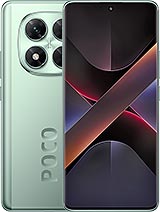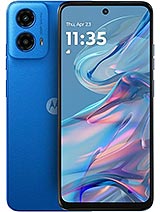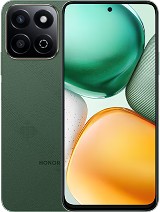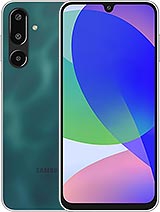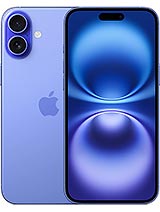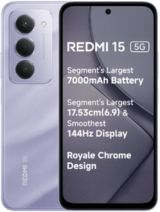Redmi 15 alternatives
Tap above to see alternatives.
Vivo X200 alternatives
Tap above to see alternatives.
2x2.3 GHz Cortex-A78
6x2.0 GHz Cortex-A55
1x3.63 GHz Cortex-X925
3x3.3 GHz Cortex-X4
4x2.4 GHz Cortex-A720
8GB 128GB (UFS 2.2)
8GB 256GB (UFS 2.2)
16GB 512GB (UFS 4.0)
f/1.75, (wide), 1/2.88" 0.61μm, PDAF
Auxiliary lens
f/1.6, 23mm (wide), 1/1.56", PDAF, OIS
50 MP
f/2.6, 70mm (periscope telephoto), 1/1.95", PDAF, OIS, 3x optical zoom
50 MP
f/2.0, 15mm, 119˚ (ultrawide), 1/2.76", 0.64µm, AF
1080p
f/2.2, (wide)
f/2.0, 20mm (ultrawide)
1080p@30/60fps
SIM1: Nano, SIM2: Nano
7 5G bands
n1, n3, n5, n8, n28, n40, n78
8 5G bands
n1, n3, n5, n8, n28, n40, n77, n78
In this performance comparison, the Vivo X200 with its Mediatek Dimensity 9400 (3nm) performs better than the Redmi 15 with the Qualcomm Snapdragon 6s Gen 3 (6nm), thanks to superior chipset efficiency.
Vivo X200 offers 4 years of OS updates, whereas Redmi 15 provides 2 years. For security updates, Vivo X200 offers 5 years of support compared to Redmi 15's 4 years.
Vivo X200 features a superior AMOLED display, while Redmi 15 comes with an LCD panel. In terms of smoothness, Redmi 15 offers a higher 144 Hz refresh rate, ensuring fluid scrolling and animations. Vivo X200 also boasts a brighter screen with 4500 nits of peak brightness, enhancing outdoor visibility. Notably, Vivo X200 offers a higher screen resolution, resulting in sharper visuals and more detailed content.
Redmi 15 comes with a larger 7000 mAh battery, which may offer longer usage on a single charge. Vivo X200 also supports faster wired charging at 90W, compared to 33W on Redmi 15. Redmi 15 supports wireless charging at -2W, while Vivo X200 does not support wireless charging.
Vivo X200 offers better protection against water and dust with an IP69 rating.
- Redmi 15 – Check price here
- Vivo X200 – Check price here
¹ Scores can vary even with the same chipset due to RAM, thermals, and software optimization.

